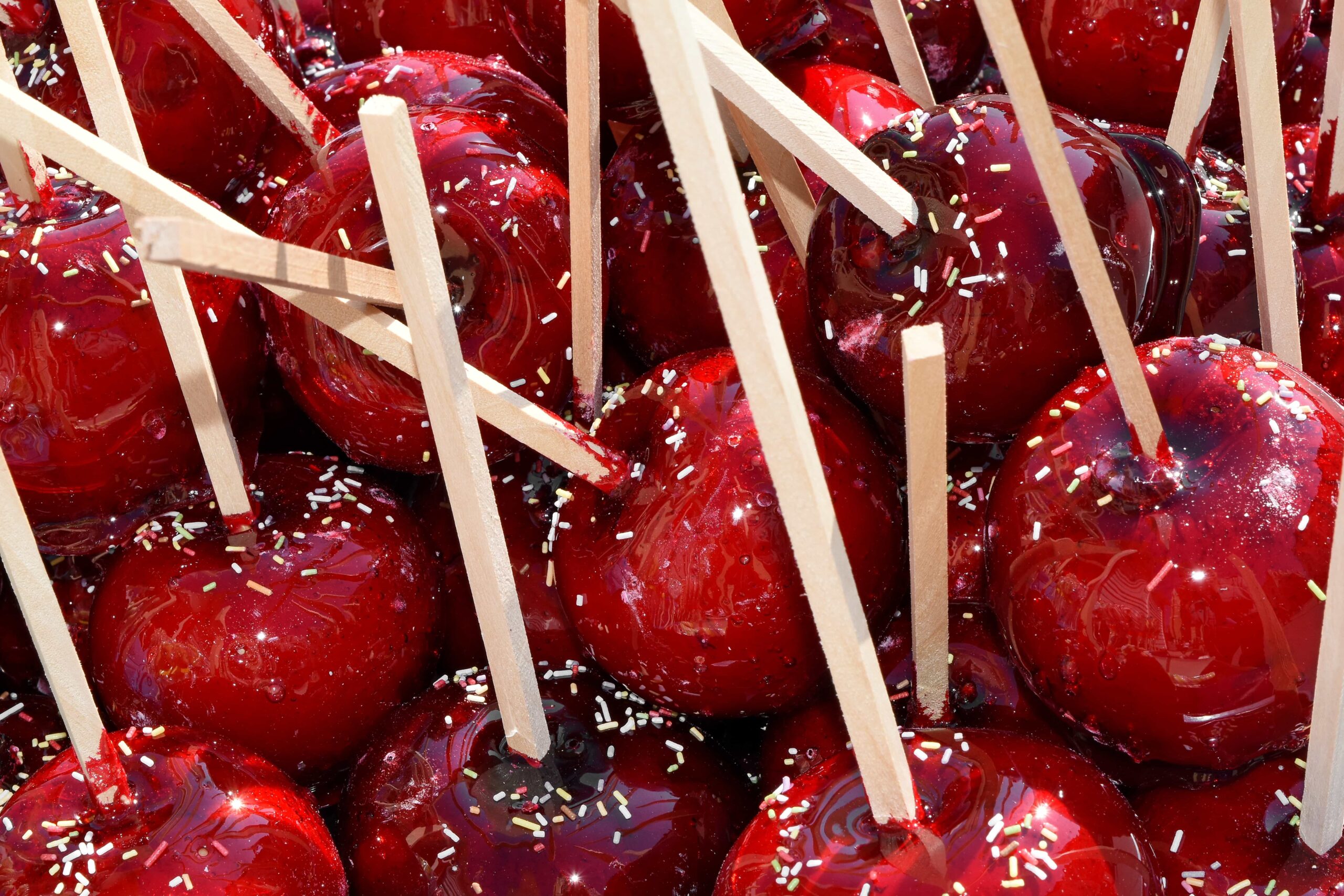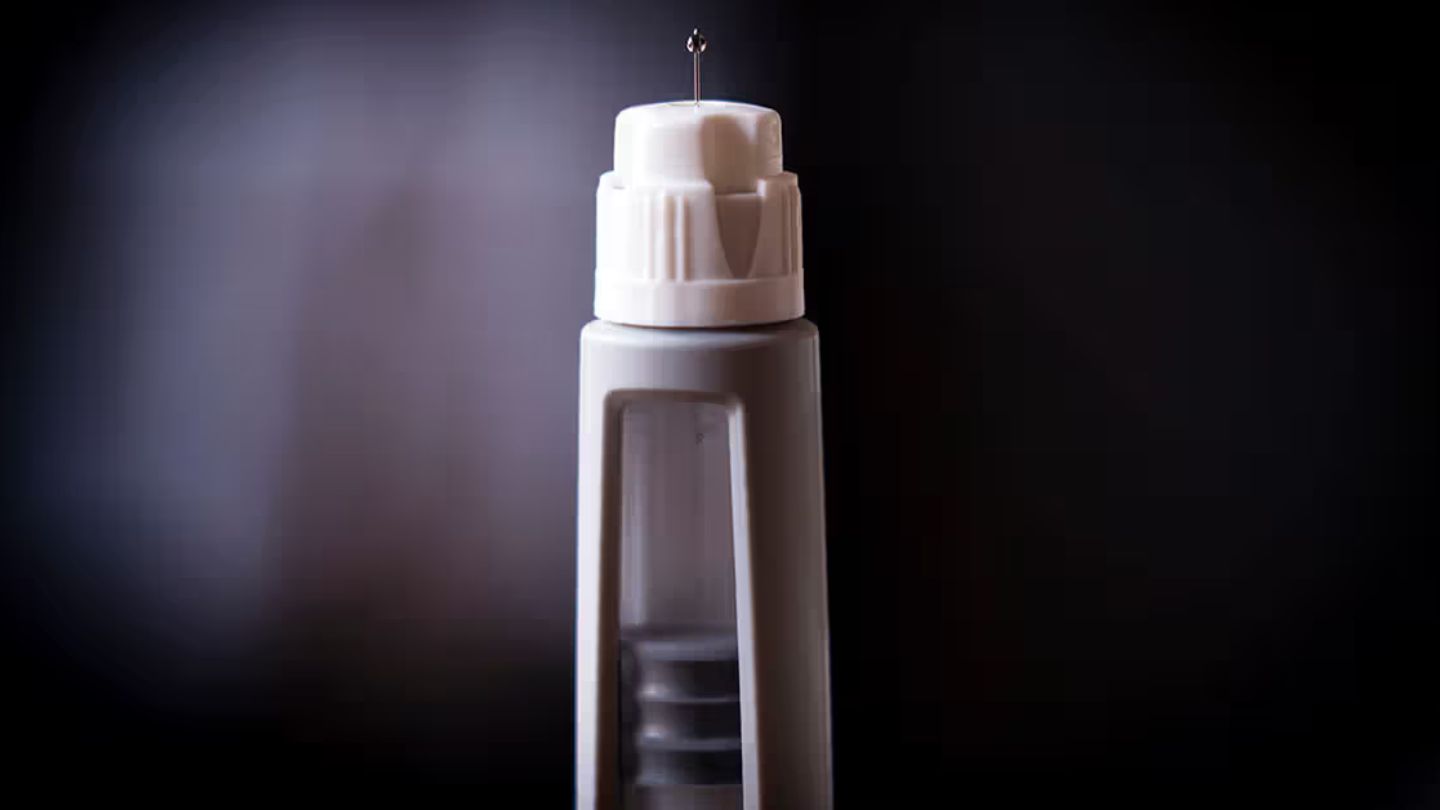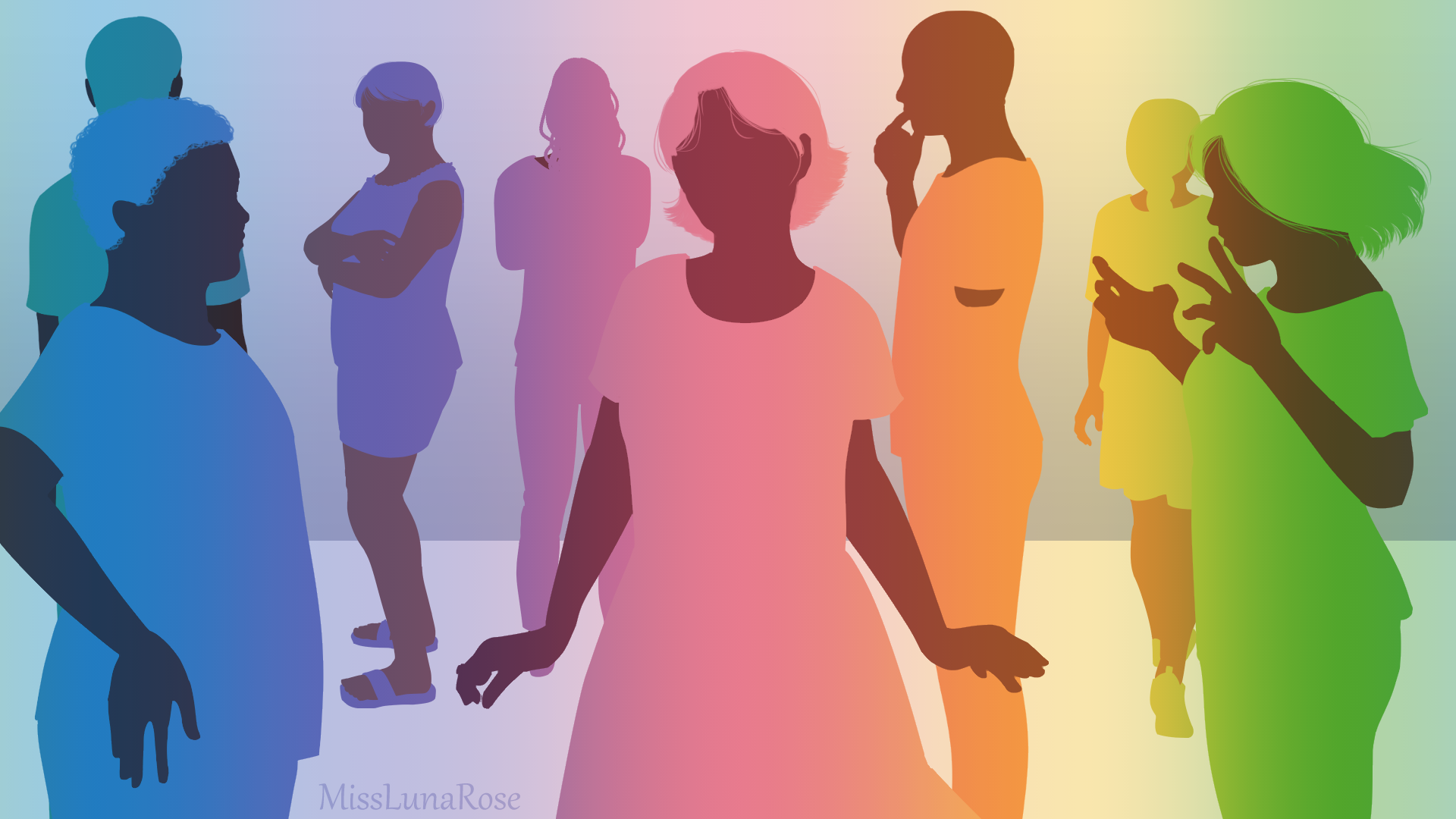Red velvet cake. Red Skittles, gummy bears, cereal—you’ve definitely heard of it: that infamous red dye causing nationwide controversy—Red 40. But what’s the real deal? Why is it considered so harmful? And honestly, I don’t know about you, but red velvet cake just doesn’t look as appealing without that bright, artificial red. So, do we really need to remove Red 40 from the shelves? How dangerous is it, really?
What Is Actually Up With Red 40?
Red 40 is an artificial dye—made from petroleum (yes, oil)—is found in thousands of everyday foods, especially the ones marketed to kids and teens.
In fact, in Europe, foods containing Red 40 also have the label
So why is it still everywhere? And if it might have some serious health effects, shouldn’t we ban it just in case?
The Debate
The Case for the Ban: “Why Risk It?”
Red 40 has been linked to hyperactivity in children, especially those with ADHD (although they don’t cause it). Some countries require warning labels or outright ban it in kids’ products.
It may also cause allergic reactions in sensitive individuals—think rashes, migraines, or swelling, and some studies in lab animals have connected synthetic dyes like Red 40 to changes in DNA, immune responses, and even cancer risk .
With natural alternatives available (like beet juice or paprika extract), why stick with the risky one?
The Defense of the Dye: “The Science Isn’t Settled”
Red 40 has not been proven to directly cause harm in humans at current levels. Most studies showing harm were done on mice or in mega-doses way above what you’d ever eat.
According to Healthline, 3.2 mg per pound is the acceptable daily intake of Red 40, and he daily average intake isn’t even close to that: 0.002 mg for Americans 2 years old and older. So basically, as long as you aren’t like my friend’s friend who takes shots of Red 40 you should be fine.
On the other hand, banning it could spark food reformulation chaos—and raise prices, especially for low-income families. It’s also everywhere: from Skittles to cough syrup. A ban wouldn’t be simple.
Where It Gets Messy
Brain Chemistry vs. Big Sugar
Red 40 is found mostly in ultra-processed foods: neon-colored cereals, sweet drinks, dyed desserts.
So is it the dye messing with kids’ behavior—or just the junk food lifestyle?
Europe vs. America
In the EU, foods containing Red 40 require this warning:
“May have an adverse effect on activity and attention in children.”
In the U.S.? That same candy gets a smiley-faced ad campaign. Are our standards lower? Or is Europe’s just to high?
Natural ≠ Better?
Even if we replace Red 40 with “natural” colors, that doesn’t automatically make food healthier.
Are we treating the symptom—or just giving it a clean label?
What do you think?
Red 40 makes food pop, but at what cost? If a dye might be messing with our minds, even a little, how long do we wait before we pull the plug?



